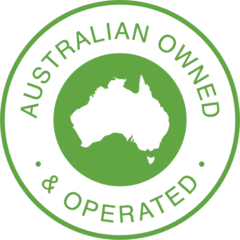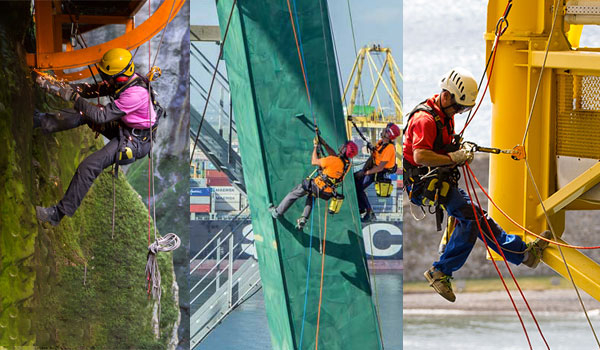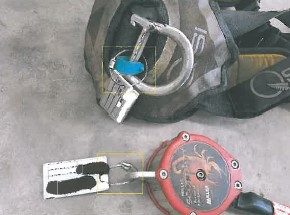0113 ACCESS FOR MAINTENANCE
General Requirement: Provide access for maintenance of plant and equipment.
Standards: Conform to the relevant requirements of AS 1470, AS 1657, AS/NZS 1891, AS/NZS 1892, AS 2865, AS/NZS 3666.1 & AS 5532.
Work Health and Safety: Conform to the requirements of the applicable Work Health and Safety Legislation.
Protection from injury: Protect personnel from injury caused by contact with objects including those that may fall and/or are sharp, hot or protrude at low level.
Plant room flooring / walkway surfaces: R10 Slip resistance classification to AS 4586.
Trip hazards: Do not run small services including drains and conduits across floors where they may be a trip hazard. If not practicable provide safe access over such hazards (Ramps, Steps etc).
Manufacturer's standard equipment: Only modify manufacturer’s standard equipment when necessary and approved by OEM to provide the plant access documented.
Clearances
Minimum clearances for access:
- ≥ 2000 mm clear of any open edge for platforms, walkways and ladder landings.
- ≥ 2100 mm clear vertically above horizontal floors, ground and platforms.
- ≥ 750 front of Ladders
- ≥ 900mm Front Ladder Landings
- Preferably ≥ 750 m clear, but in no case less than 600 mm horizontally between equipment or between equipment and building features including walls.
- If tools are required to operate, adjust or remove equipment, provide sufficient space so that the tools can be used in their normal manner and without requiring the user to employ undue or awkward force.
- If equipment components are hinged or removable, allow the space recommended by the manufacturer.
- Within plant items: Conform to the preceding requirements, and in no case less than the clearances recommended in BS 8313.
Elevated services other than in occupied areas Access classifications:
- Access class A: Readily accessible. Provide clear and immediate access to and around plant items. If plant or equipment is located more than 2.0 m above the ground, floor or platform, provide a platform with handrails accessible by a stair, all to AS 1657.
- Access class B: If the plant item requiring access is located more than 2.0 m above the ground, floor or platform, provide a platform with handrails accessible by a non-vertical ladder, all to AS 1657.
- Access class C: Locate plant so that temporary means of access conforming to Work health and Safety regulations can be provided.
Areas in which access is restricted to authorised maintenance personnel: Provide access as follows:
- Instruments, gauges and indicators (including warning and indicating lights) requiring inspection at any frequency: Access class A.
- Access required monthly - 6 monthly: Access class A.
- Access required between monthly and 6-12 monthly: Access class A or B.
- Access required less frequently than >12 monthly: Access class A, B or C.
Other areas: Provide access as follows:
- Locate to minimise inconvenience and disruption to building occupants or damage to the building structure or finishes.
- In suspended ceilings, locate items of equipment that require inspection and/or maintenance above tiled parts. If not possible, provide access panels where located above set plaster or other inaccessible ceilings. Arrange services and plant locations to reduce the number of access panels. Coordinate with other trades to use common access panels where feasible.
- Do not locate equipment requiring access above partitions.
Read More


 Dear Industry Colleagues,
Dear Industry Colleagues, It has been brought to our attention what we would call an unsafe practice of attaching certification tags to harness dorsals using a wire lanyard.
It has been brought to our attention what we would call an unsafe practice of attaching certification tags to harness dorsals using a wire lanyard.